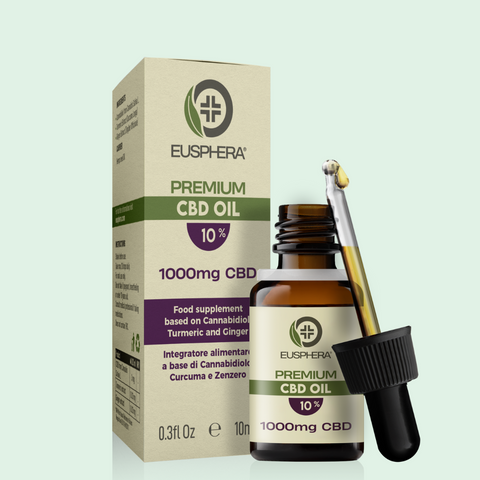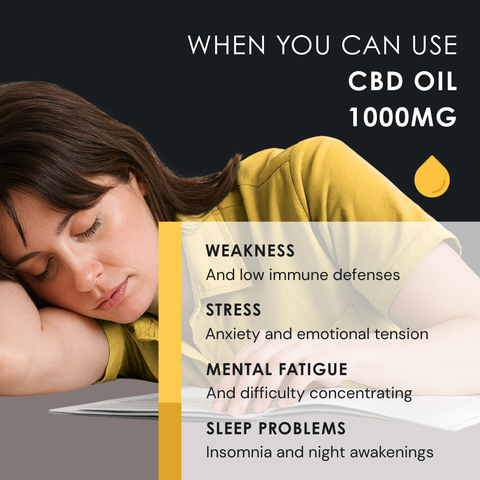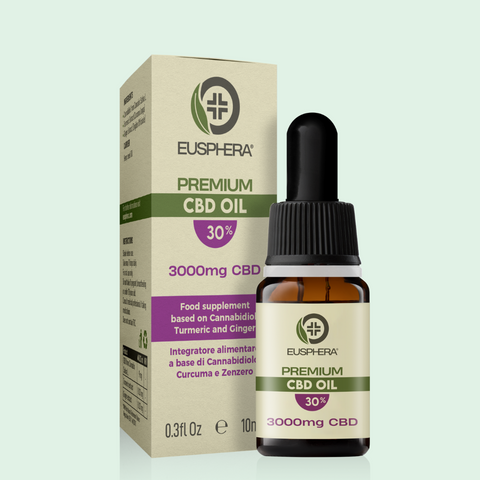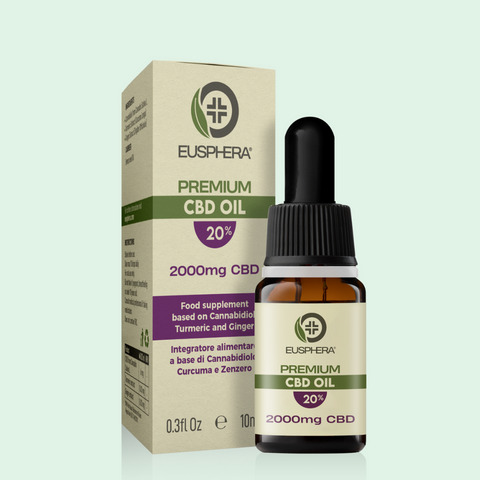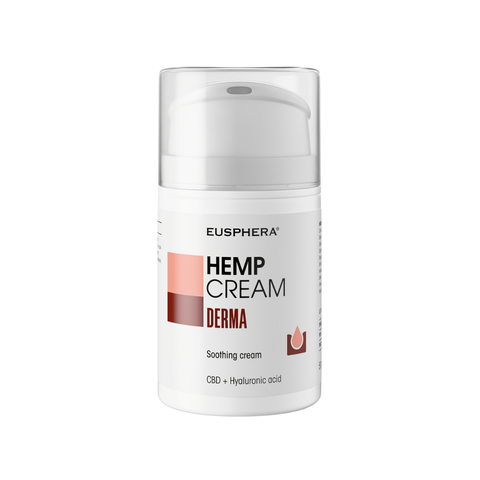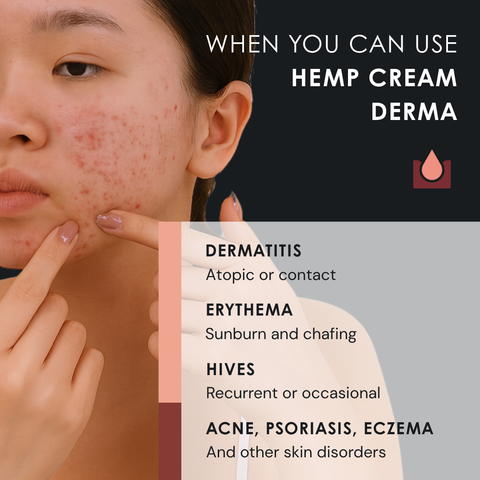Every day, millions of people face an invisible obstacle that limits their freedom to live peacefully: anxiety, stress, and panic attacks. With the fast-paced lives we lead, work pressure, and worries that seem never-ending, these psychophysical disorders are constantly on the rise. The feeling of being overwhelmed is something many of us know all too well.
In this context, increasingly more people are looking for natural and effective strategies to regain calm and inner stability.
Meditation for anxiety and stress is emerging as one of the most effective and accessible tools. It is a true mental training technique that acts on the nervous system, helping reduce cortisol levels (the stress hormone), improve emotional regulation, and prevent the onset of anxiety crises and panic attacks. Practicing meditation against anxiety means learning to pause, breathe, and observe one’s thoughts without being swept away by them. Various forms of guided meditation for anxiety and relaxation have shown concrete benefits: reduced muscle tension, improved sleep, increased concentration, and greater resilience in the face of daily challenges. In this article, we will explore how different meditation techniques, combined with CBD, can form an integrated and effective approach to managing anxiety, stress, and panic attacks.
Meditation Techniques to Calm Mind and Body
There are numerous techniques, suited to different needs, that help calm the mind and restore balance to the body. Some focus on breathing, others on physical sensations, and still others on the relationship with thoughts and emotions. What they all share is the ability to interrupt the “autopilot” that fuels anxiety and panic attacks, bringing attention back to the present moment.
Below we explore the most effective techniques, which can easily be applied in daily life.
1. Breath-Based Meditation Techniques
Breathing is the first ally in meditation for anxiety and panic attacks. When we are anxious, our breathing rhythm speeds up, further fueling agitation and fear. Mindful breathing techniques teach us to slow down and regulate the breath, activating the parasympathetic system and inducing relaxation.
· Mindful breathing: involves observing each inhalation and exhalation, focusing on the flow of the air going in and out. This is a simple practice, ideal for beginners.
· Box breathing (or square breathing): widely used in sports and even in the military, it consists of four phases of 4 seconds each (inhale – hold – exhale – hold). Useful during peaks of anxiety.
· Pranayama (yogic breathing): includes techniques such as Nadi Shodhana (alternate nostril breathing) or Kapalabhati (energizing breath), which harmonize body and mind.
These practices are particularly effective for guided meditation for anxiety and fear, as they quickly calm the nervous system.
H3 - 2. Body-Awareness Meditation Techniques
The body is often the first to show signs of anxiety and stress: muscle tension, a knot in the stomach, rapid heartbeat. For this reason, meditation techniques focused on bodily sensations help release tension and prevent the escalation of anxious symptoms.
· Body scan: involves directing attention, part by part, throughout the body, observing any tension and letting it go.
· Meditation in a lying or seated position: useful for learning to stay present without being swept away by thoughts, promoting relaxation and stability.
· Walking meditation: walking slowly, observing the contact of the feet with the ground, helps ground oneself and ease restlessness.
These techniques are especially helpful in meditation for anxiety and stress, as they allow you to “return to the body” and break the cycle of anxious thoughts.
3. Meditation Techniques Focused on Thoughts and Emotions
Many people turn to guided meditation for anxiety and depression as a concrete support to manage intense emotions and recurring thoughts. Techniques oriented toward the mental and emotional dimension work precisely on this level.
· Mindfulness: observing thoughts without judgment, acknowledging emotions and sensations without identifying with them. It is one of the most studied practices for reducing anxiety and depression.
· Loving-Kindness Meditation: cultivates compassion and benevolence toward oneself and others, reducing self-criticism and feelings of isolation.
· Guided visualizations: imagining calming scenarios (e.g., a beach, a forest) to induce relaxation and distract the mind from the spiral of anxiety.
· Mantra practice: mentally repeating a soothing word or phrase helps interrupt negative thinking and focus attention.
These techniques are particularly suited for meditation against anxiety and panic attacks, as they transform the relationship with the thoughts that fuel fear.
4. Structured Programs: MBSR, MBCT, and Guided Pathways
In addition to individual practices, there are scientifically designed and validated therapeutic protocols based on meditation.
· MBSR (Mindfulness-Based Stress Reduction): an 8-week program developed by Jon Kabat-Zinn, aimed at reducing anxiety, stress, and chronic pain.
· MBCT (Mindfulness-Based Cognitive Therapy): integrates mindfulness and cognitive therapy techniques to prevent depressive relapses and manage anxiety.
· Guided programs: increasingly widespread, these provide access to guided meditations for anxiety, relaxation, and emotional regulation.
These structured pathways represent an ideal solution for those suffering from chronic anxiety, high stress, or recurring panic attacks, as they offer a clear, gradual method supported by professionals.
CBD and Meditation: The Effectiveness of an Integrated Approach
Meditation techniques for anxiety and stress provide a powerful tool for restoring calm and inner stability. However, in recent years, scientific research has highlighted the role of certain natural supports that can enhance its effectiveness. Among these, CBD (cannabidiol) is emerging as one of the most promising allies.
Unlike THC, CBD has no psychotropic effects and does not cause dependence. Instead, it acts on the nervous system by promoting relaxation, emotional balance, and better sleep quality—all conditions that make meditation practice deeper and more effective.
Increasingly more people are choosing to combine meditation and CBD to create a synergistic, personalized approach to managing anxiety, panic attacks, and stress.
Let’s now take a closer look at how CBD can complement meditation, what scientific evidence is available, and which precautions are important to keep in mind.
How CBD Acts on the Nervous System
CBD interacts with the endocannabinoid system, a complex network of receptors (CB1 and CB2) involved in regulating fundamental processes such as sleep, mood, stress response, and pain perception.
Numerous studies have shown that CBD can help modulate serotonin and GABA levels (two key neurotransmitters for anxiety management), reduce hyperactivity of the amygdala (the brain area associated with fear and panic responses), and promote a state of calm without sedation, making it easier to enter a condition of presence and awareness during meditation.
These effects explain why many people report finding it easier to focus on breathing, let go of thoughts, and feel relaxation when taking CBD before or after a meditation session.
When and How to Take CBD to Enhance Meditation
There is no single method valid for everyone, but clinical experience and user reports suggest some good practices:
· Before meditation: take a few drops of CBD oil (sublingual) 30–60 minutes before starting, to facilitate relaxation and concentration.
· After evening meditation: useful for those suffering from anxiety- and stress-related insomnia, as it promotes deep sleep.
· Microdosing throughout the day: small doses of CBD spread across the day help maintain a constant level of calm, ideal for those who practice meditation for anxiety and panic attacks in emergency moments.
The choice of format (oil, capsules, teas, vaporizers) depends on personal needs, but for meditative purposes oil is the most versatile and fast-acting solution.
As for dosage, there is no single standard, but most research indicates a range between 10 mg and 50 mg per day, to be adjusted according to body weight, individual sensitivity, and severity of symptoms. It is always recommended to start with low doses and increase gradually, monitoring the body’s response.
Risks, Drug Interactions, and Guidelines for Using CBD Against Anxiety and Stress
Despite its benefits, CBD is not free of possible side effects or interactions. The most common include: drowsiness, dry mouth, and slight reduction of blood pressure.
It is important to consider that CBD can interact with certain medications (particularly anxiolytics, antidepressants, and anticoagulants), altering their absorption. For this reason, before starting regular supplementation it is essential to consult your doctor, especially if you are already undergoing treatment.
Finally, it is essential to choose certified quality products, free of THC and contaminants, purchased from reliable retailers such as Eusphera.
